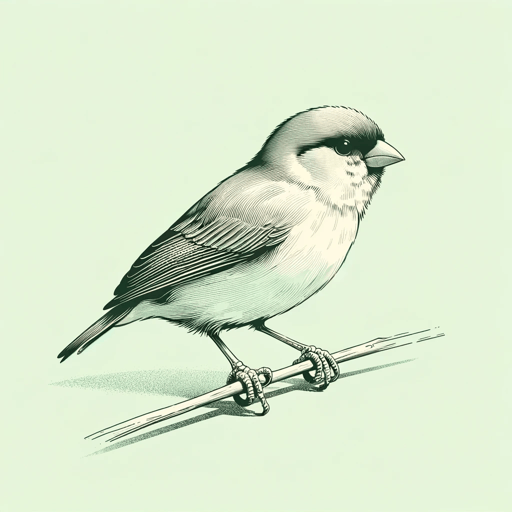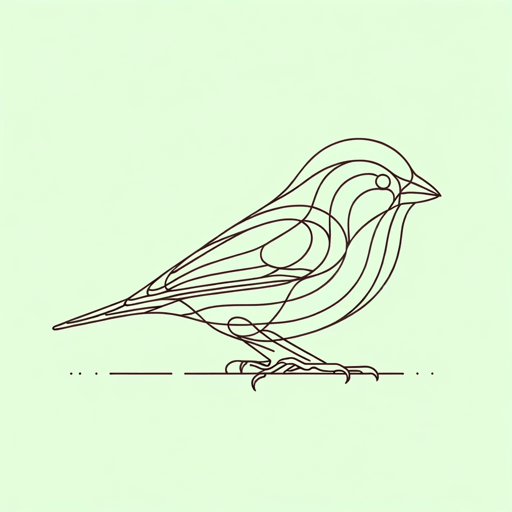62 pages • 2 hours read
Charles DarwinThe Voyage of the Beagle
Nonfiction | Book | Adult | Published in 1839A modern alternative to SparkNotes and CliffsNotes, SuperSummary offers high-quality Study Guides with detailed chapter summaries and analysis of major themes, characters, and more.
Chapters 7-9Chapter Summaries & Analyses
Chapter 7 Summary
The next leg of Darwin’s journey takes him 300 miles across the Pampas from Buenos Aires to Santa Fe. Giant fields of great thistle cover these plains, at times growing so tall that they are nearly impenetrable. He observes a large rabbit-like creature that he calls a “bizcacha” (a mistake for viscacha), which burrows deep into the ground to nest and chew on roots. Notably, these creatures collect hard objects such as stones, lumps of earth, dried dung, and even bones, which they deposit in the mouth of their burrows. Darwin is unsure of the purpose of this habit but reports that the viscacha even steal human objects like watches or pipes. He notes that the River Uruguay presents a natural barrier to the habitat of the viscacha despite the suitability of plains beyond its banks.
At the bank of the Parana (i.e., Paraná) River, Darwin observes beautiful, deep red cliffs covered in cacti and mimosa trees. He reflects on the extent of the river’s reach and its value to the economic and social lives of the people of South America. At the Saladillo River, he finds more fossils, including two from a Mastodon and one from a Toxodon. Shortly before reaching Santa Fe, Darwin and his guides encounter the hanged corpse of an Indigenous man.


